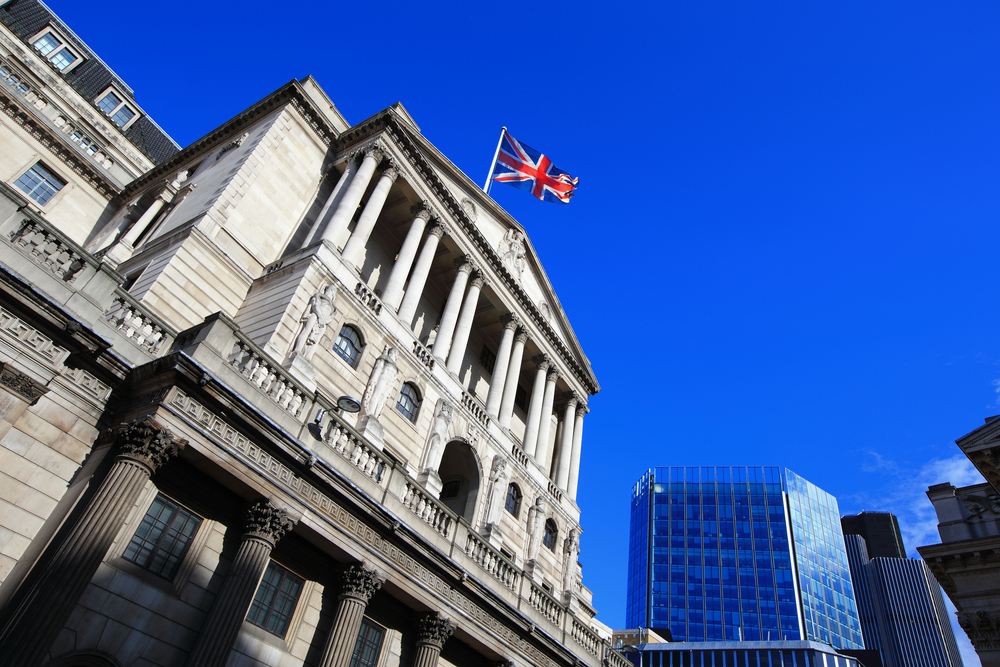House prices rose by 1.6% in the year to March, driving up the value of the average home to £261,142.
Nationwide’s house price index showed a 0.2% month-on-month fall, but the annual increase, which followed February’s 1.2% annual rise, is a sign that consumer sentiment is improving, said the society.
Robert Gardner, Nationwide’s chief economist, said: “Activity has picked up from the weak levels prevailing towards the end of 2023, but remains relatively subdued by historical standards.”
“With cost-of-living pressures easing as inflation moves back towards target, consumer sentiment is improving. Indeed, surveyors report a pick-up in new buyer enquiries and new instructions to sell in recent months. Moreover, with income growth continuing to outpace house price growth by a healthy margin, housing affordability is improving, albeit gradually.
“If these trends are maintained, activity is likely to gain momentum, though the pace of the recovery is still likely to be heavily influenced by the trajectory of interest rates.”
The number of mortgages approved for house purchase in January was around 15% below pre-pandemic levels, which largely reflects the impact of higher interest rates on affordability.
Although mortgage rates are below the peaks seen in mid-2023, they remain above the lows prevailing in the wake of the pandemic.
‘Demand continues to outstrip supply’ in London
Matt Thompson, head of sales at estate agent Chestertons, said: “In March, the property market witnessed steady demand from buyers, although some house hunters decided to pause their search in the hope for major incentives to be announced in the Spring Budget. As this wasn’t the case, the majority of these buyers have since resumed their property search. As a result, March concluded the first quarter of the year with a busy property market – particularly in the capital, where demand continues to outstrip supply.”
The South West was the weakest performing region, with house prices down 1.7% over the year. Northern Ireland remained the best performing area, with prices up 4.6% compared with Q1 2023.
The biggest improvement in annual price growth was seen in the North. Annual price growth rose from negative 0.8% in Q4 2023 to 4.1% in Q1 2024, making it the best performing English region.
Across England, prices increased 0.4% compared with Q1 2023, while Wales saw a 1.2% year-on-year (YOY) rise. Meanwhile, Scotland saw annual price growth pick up to 3.7%.
Tom Bill, head of UK residential research at Knight Frank, said: “House prices have risen marginally, but the direction of travel for the UK market has been sideways so far this year. Demand will be unleashed once there is a more permanent drop in mortgage rates, and that requires fewer mixed signals around inflation and a rate cut to appear firmly on the horizon.
“While the outlook is more positive than six months ago, a wave of people rolling off sub-2% two-year mortgages from early 2022 is adding to the financial pressures in the system, and transactions are still a fifth below the five-year average.”
Knight Frank forecasts a “seasonal bounce” in activity and expects UK prices to rise by 3% in 2024.





